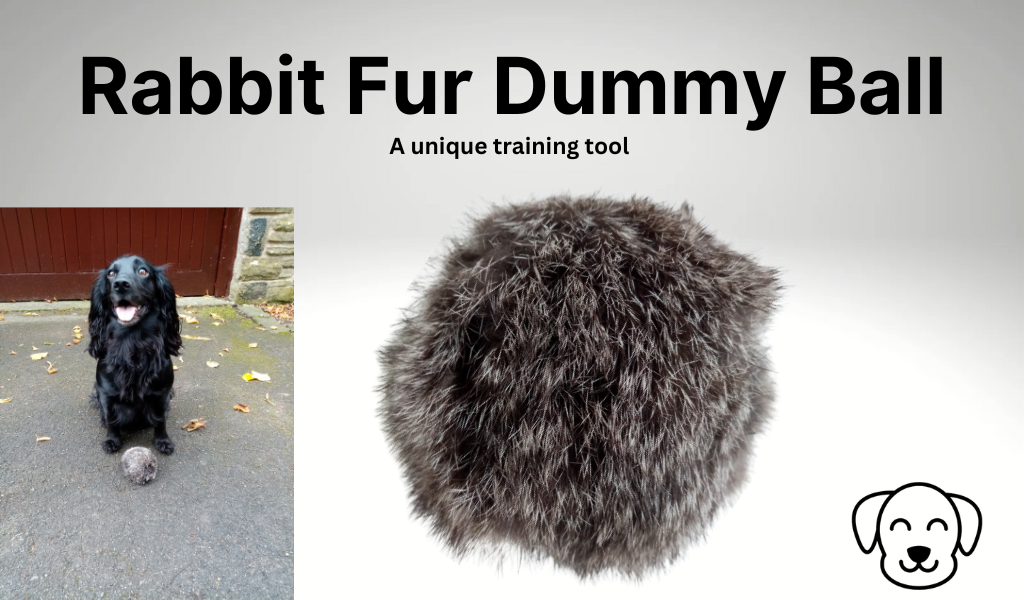
The Rabbit Fur Training Dummy Ball From Goygar
Discover how our Rabbit Fur Dummy Ball can enhance and improve your gundog training.
Get Great Deals On Gundog Gear at www.goygar.com

Discover how our Rabbit Fur Dummy Ball can enhance and improve your gundog training.

Discover the ultimate guide for training your new Cocker Spaniel puppy! Essential tips and tricks for teaching your pup everything they need to know.
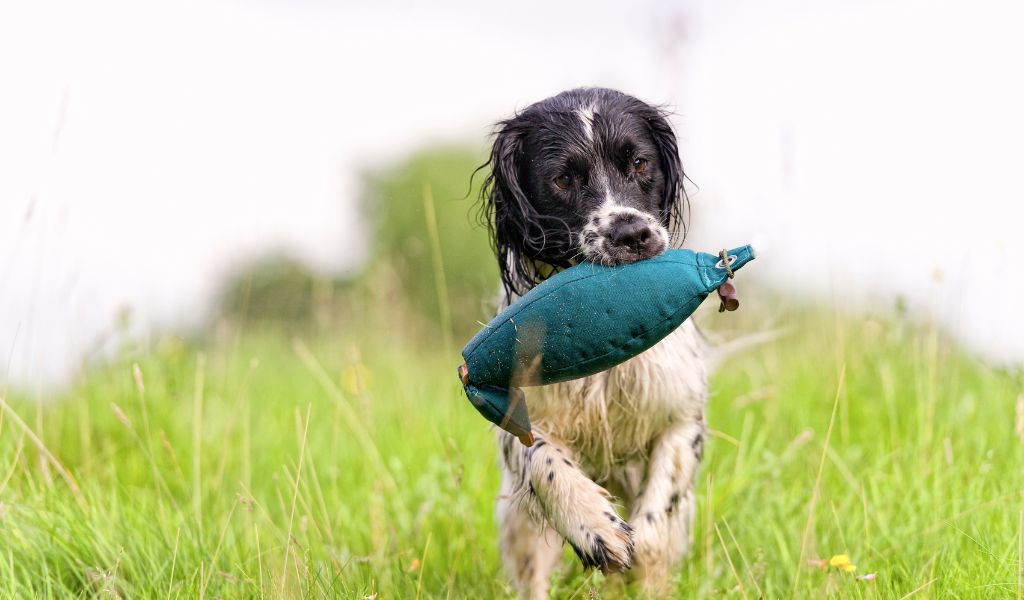
Discover effective Cocker Spaniel gundog training for puppies and working dogs. Whether you’re a seasoned trainer or new to gundogs, our techniques will help.
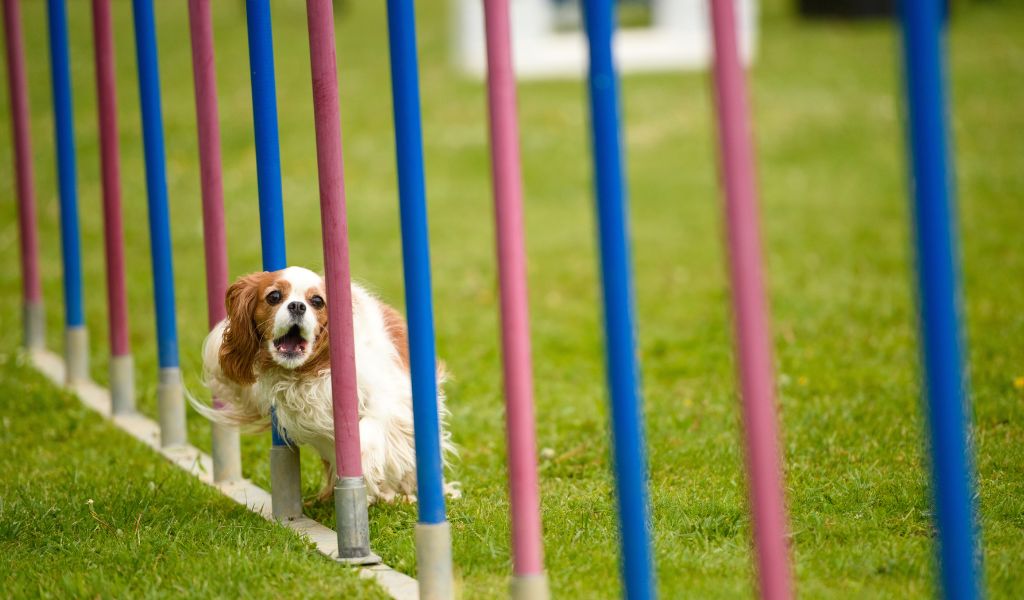
Cavalier King Charles spaniels are intelligent dogs that enjoy and respond well to training.
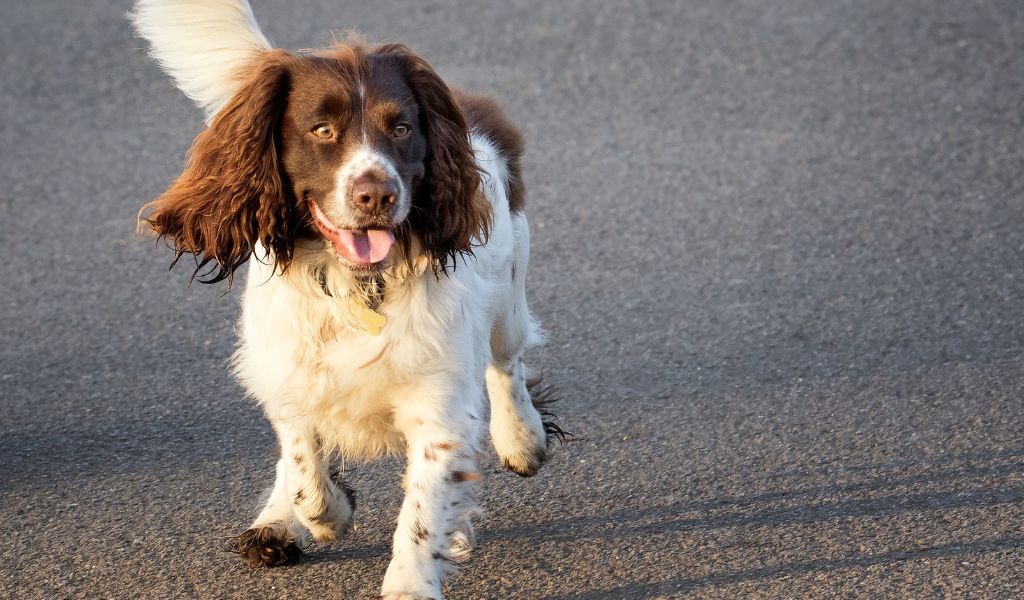
English Springer Spaniels are intelligent dogs that love training and with the right handling will quickly learn.

There are many different commands to teach a Clumber Spaniel. These are the most common.
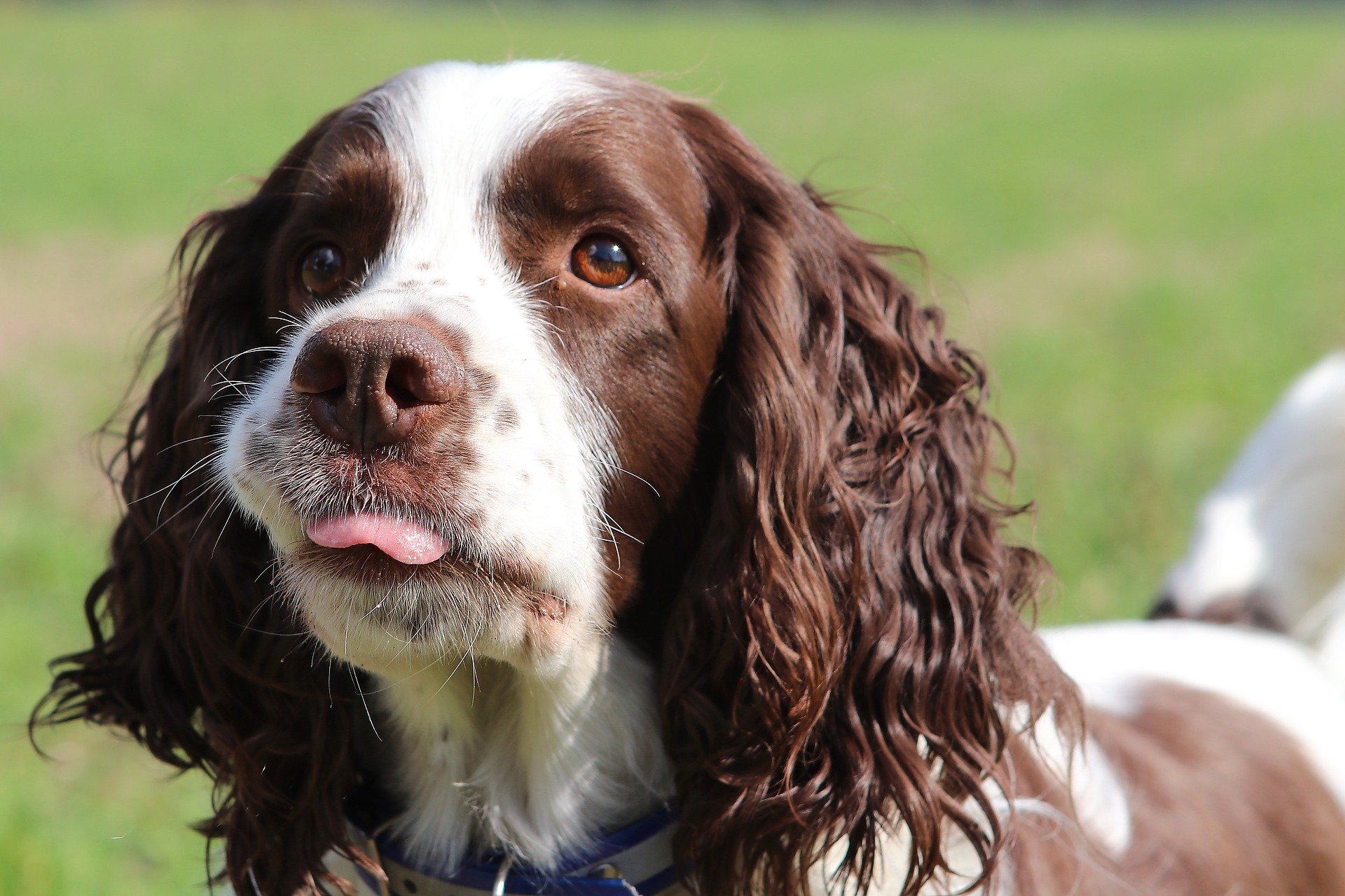
A key aspect of spaniel training is getting your spaniel to stop on the whistle. Let’s take a look at the way to achieve this.
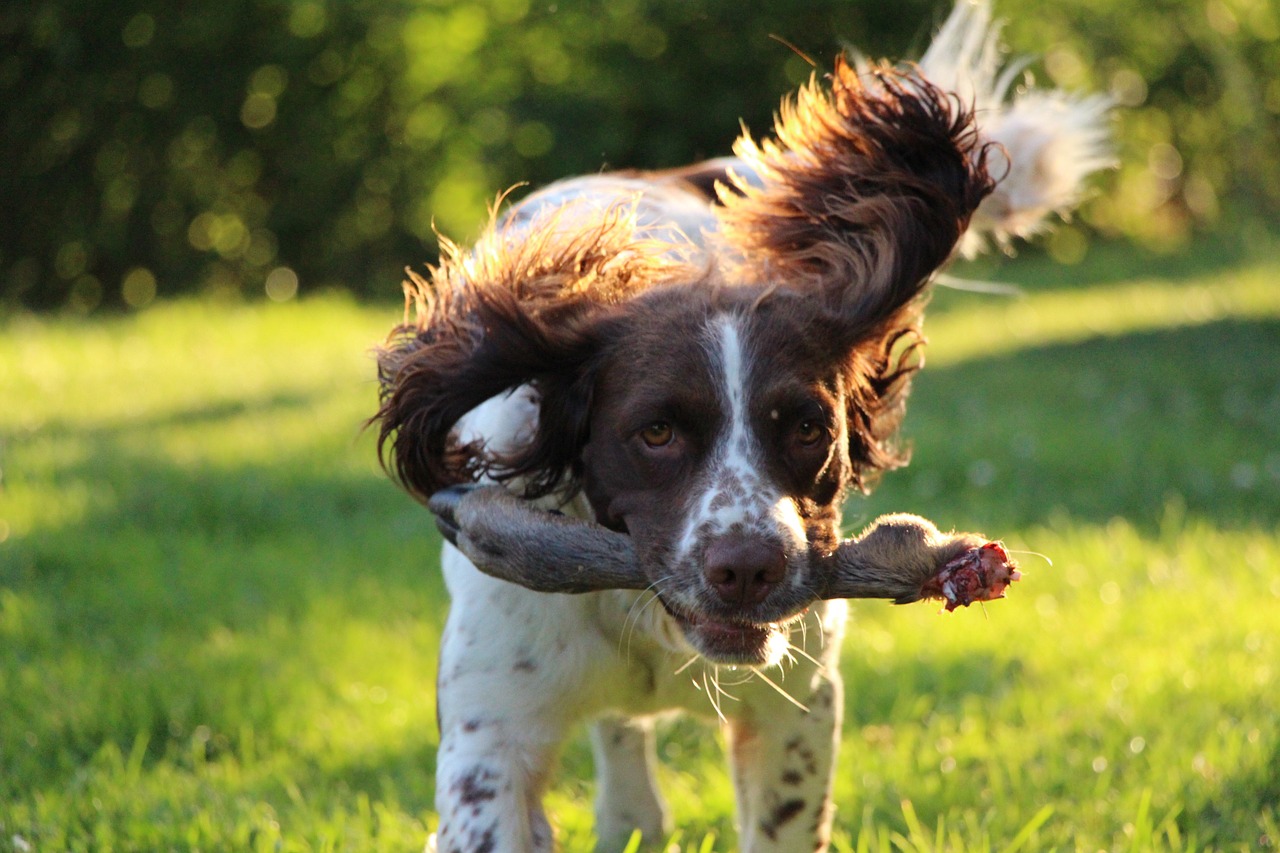
Learn the basics of spaniel training from an expert and set the foundation for a well-behaved, obedient adult dog. With practical tips and insights, you can train your spaniel to a high standard and enjoy the rewards of owning a skilled working dog and loyal companion.

dog car seat cover for back seat 【Unique Fixing Method】Embedded in the window, We designed this installation method for Tesla dog seat cover. Will not obstruct the dog’s view of the window, safety and more advanced. The pet seat cover is not suitable for white seats.【Headrest Design】The design of our pet seat cover solves the…

Do you have a gun dog and want to have a great time working with your dog and perhaps enter a field trial? Do you want to find a training method where your dog has just as much fun as you do? Do you want to learn how to combine clicker training and field trial…
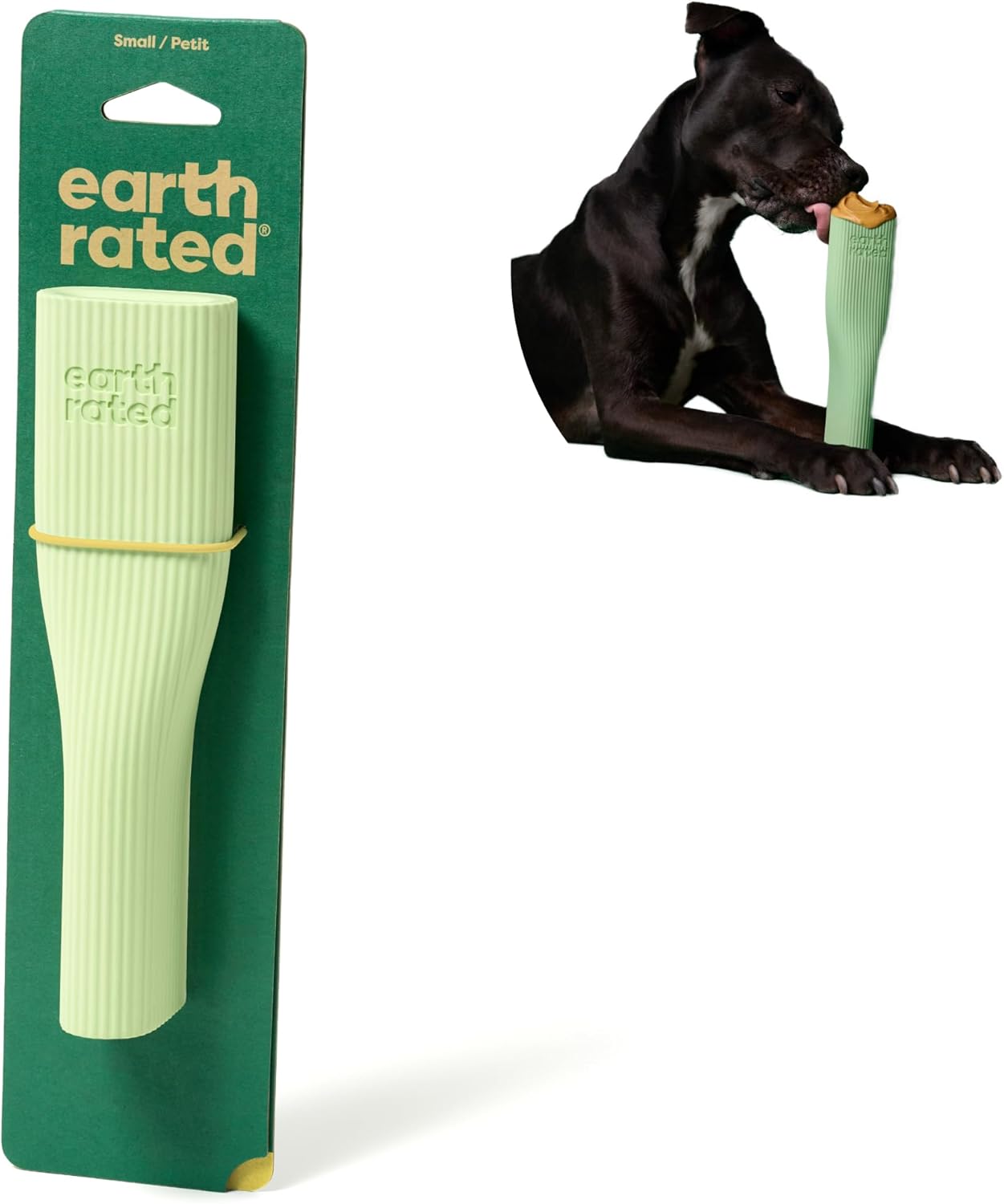
From the manufacturer … Customers say Customers find the dog toy durable and strong, with one mentioning it’s perfect for puppies aged 14 months and upwards. They appreciate its entertainment value, with one noting it keeps dogs busy for a good while. The texture receives mixed feedback, with one customer describing it as soft enough…

Feeding your dog in a separate room than you dine in can help prevent begging Teach your dogs basic obedience commands to help discourage impulse-based behaviors Reward your dog for good behavior When you sit down for mealtimes, if you end up with a furry beggar at your feet giving you those big puppy-dog eyes,…
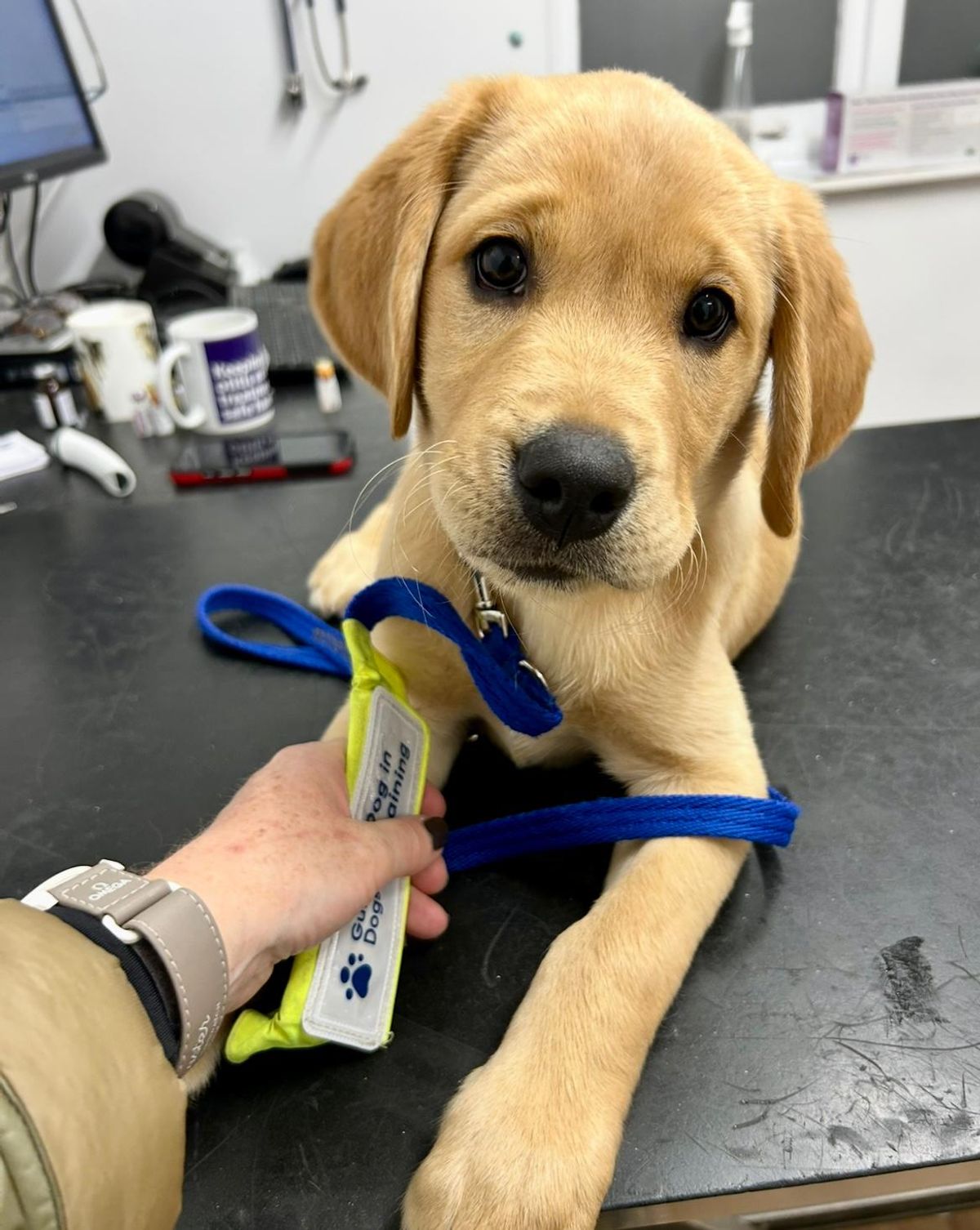
The 13 puppies were given baking-themed names inspired by sweet and savoury treats, in honour of the charity’s Guide Dogs Puppy Appeal, which encourages members of the public to fundraise and donate during the month of October. It now costs Guide Dogs £77,000 to breed, raise and train every guide dog pup to partnership, up…
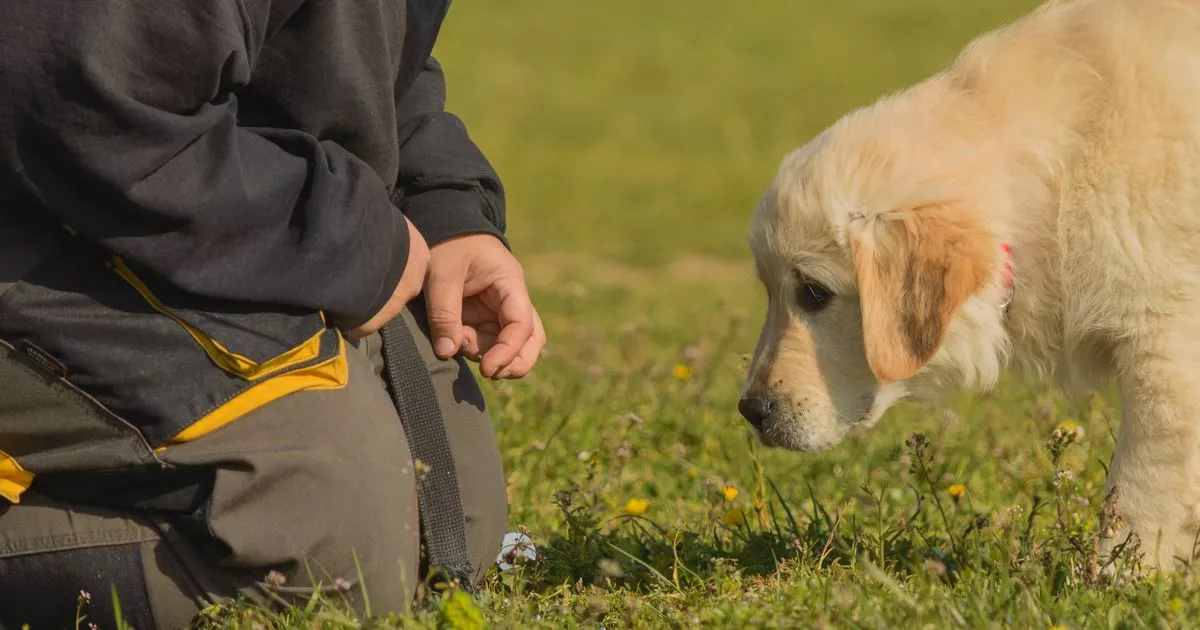
A professional dog trainer has shared his top five dog breeds for families – and the list doesn’t include the golden retriever or Labrador The dog trainer shared his top breed recommendations for families but didn’t include Labradors or golden retrievers (stock image)(Image: Filippo Arteconi via Getty Images) A professional dog trainer has shared the…
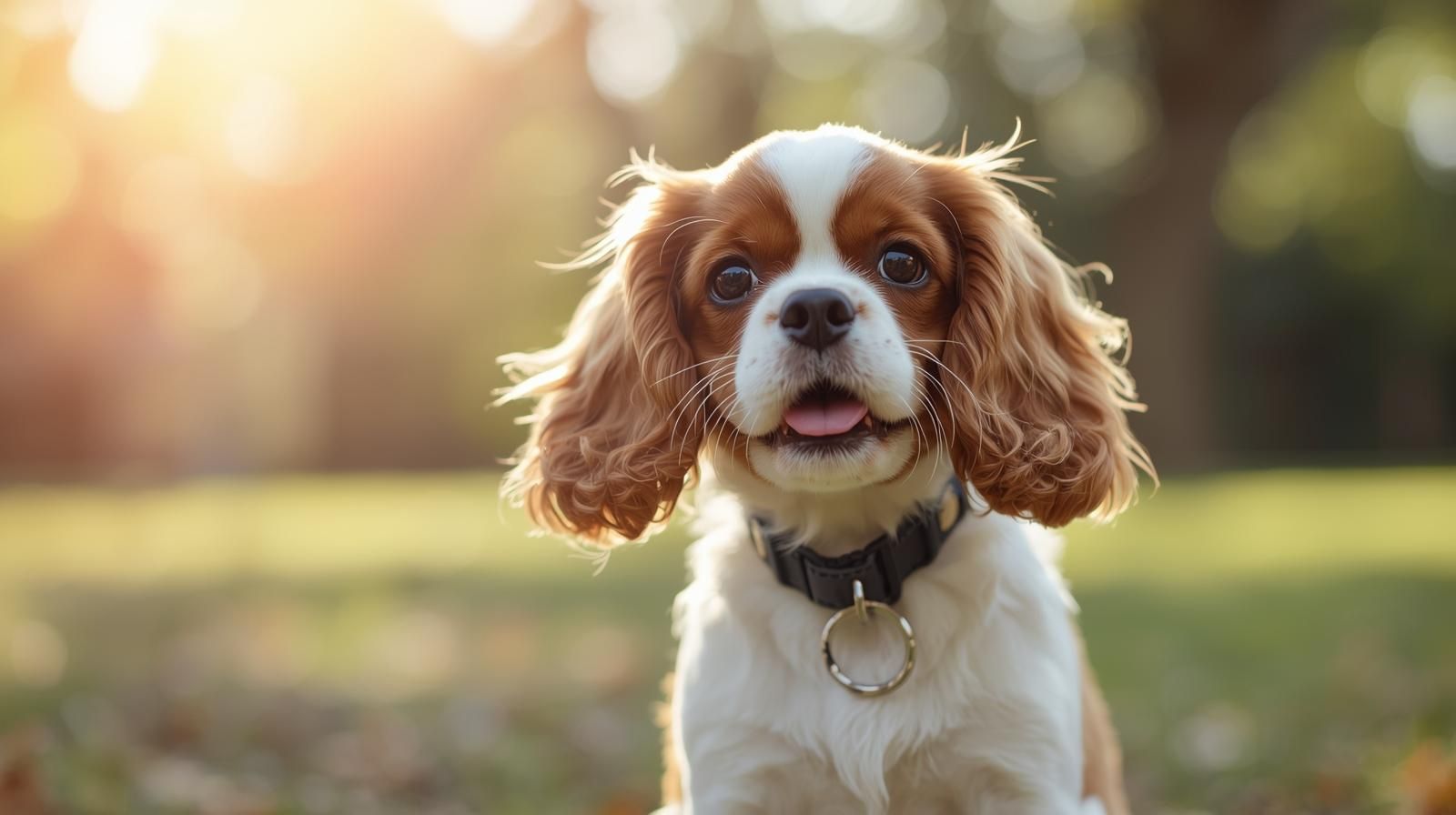
Welcoming a new baby or family member is exciting, but it can be a big adjustment for your Cavalier King Charles Spaniel. With the right preparation, you can help your dog stay calm, secure, and happy. From routine changes to safe spaces and first introductions, discover practical steps to ensure a smooth transition for everyone.
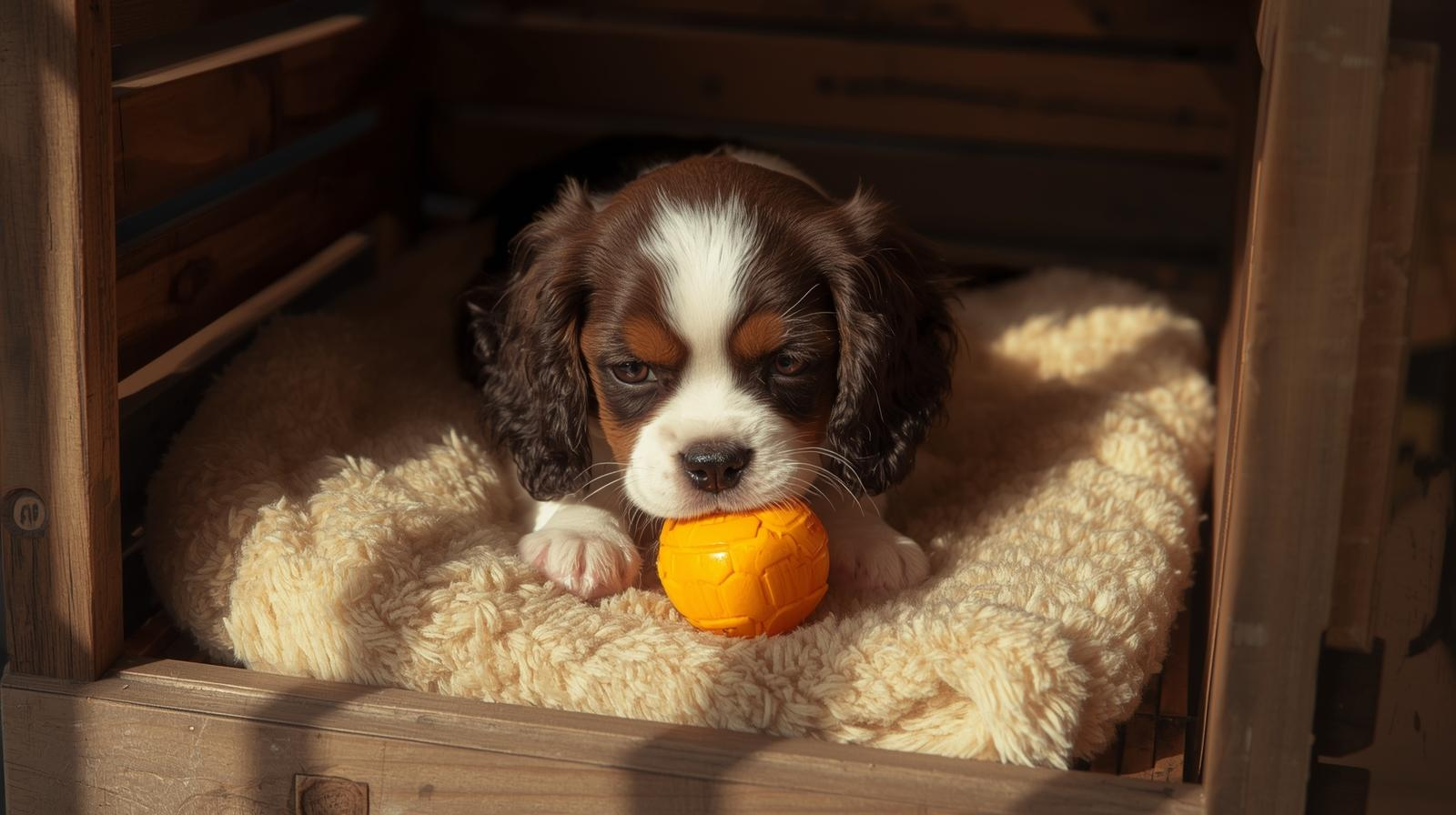
Crate training offers your Cavalier King Charles Spaniel more than just convenience — it provides safety, comfort, and structure. From supporting house training to reducing anxiety and preventing destructive behaviour, a crate can quickly become your Cavalier’s safe haven. Learn how this simple training method can transform daily life for you and your dog.
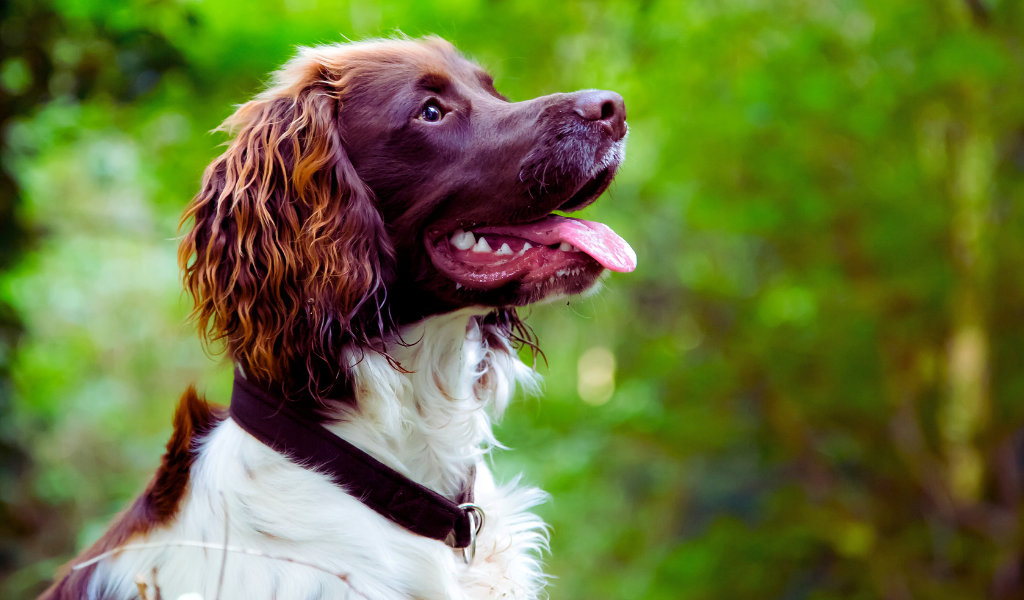
Springer spaniels. Jack of all trades or master of none? Discover if they are good working dogs.
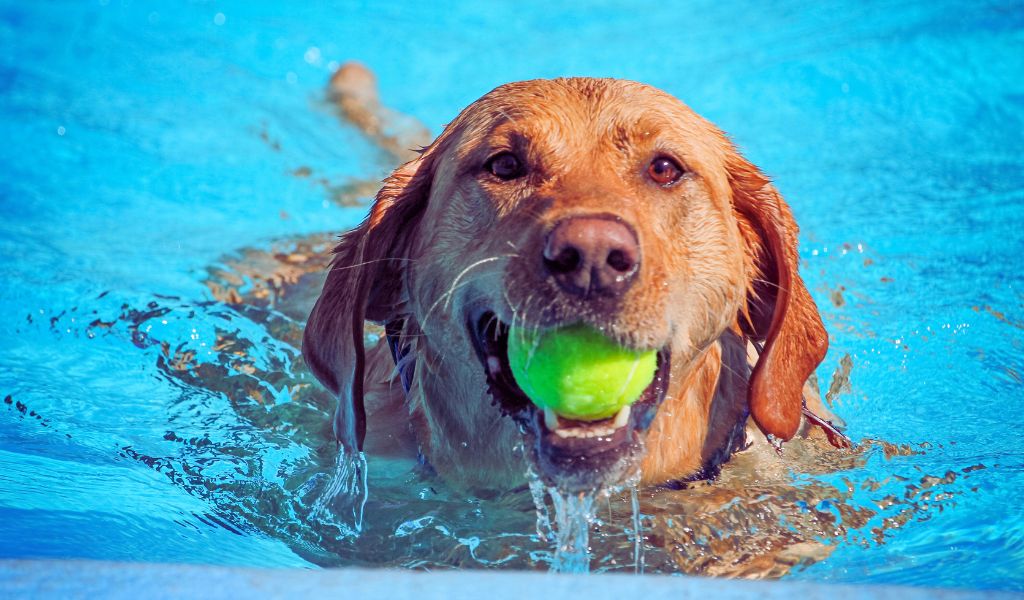
Learn about the safety of letting your dog swim in a chlorine pool. Discover the benefits, potential risks, and preventative measures to ensure a safe and enjoyable swimming experience for your canine companion. Get expert insights and tips for the best experience.
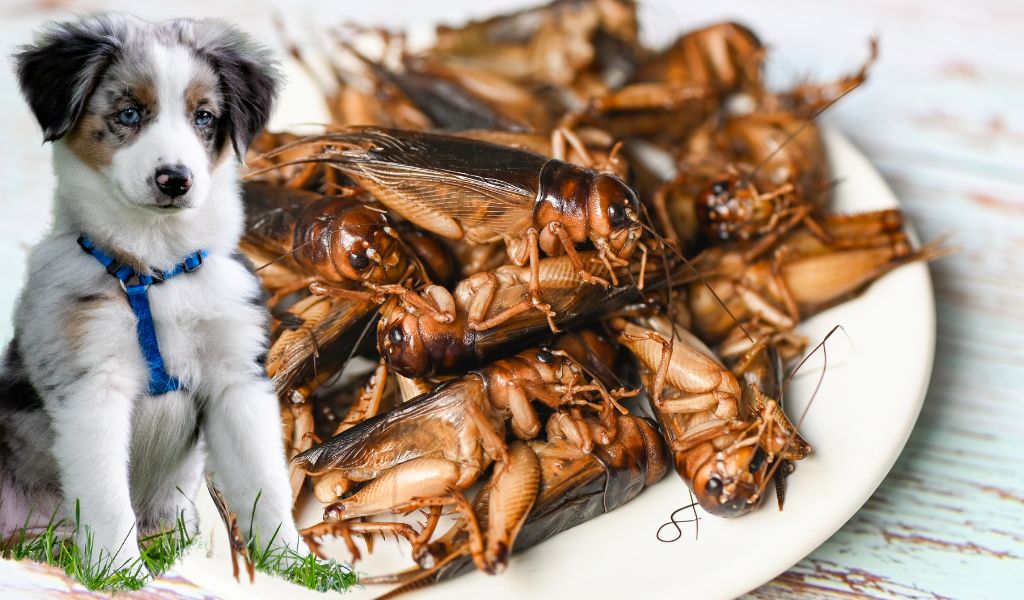
Discover the benefits of insect-based dog food, a sustainable, nutritious, and hypoallergenic alternative to traditional pet food. Learn how it supports canine health and reduces environmental impact.

Discover how dogs find their way home using their exceptional sense of smell, hearing, visual cues, and possibly an innate magnetic sense. Learn about scientific studies, breed differences, and practical tips to enhance your dog’s navigation skills.